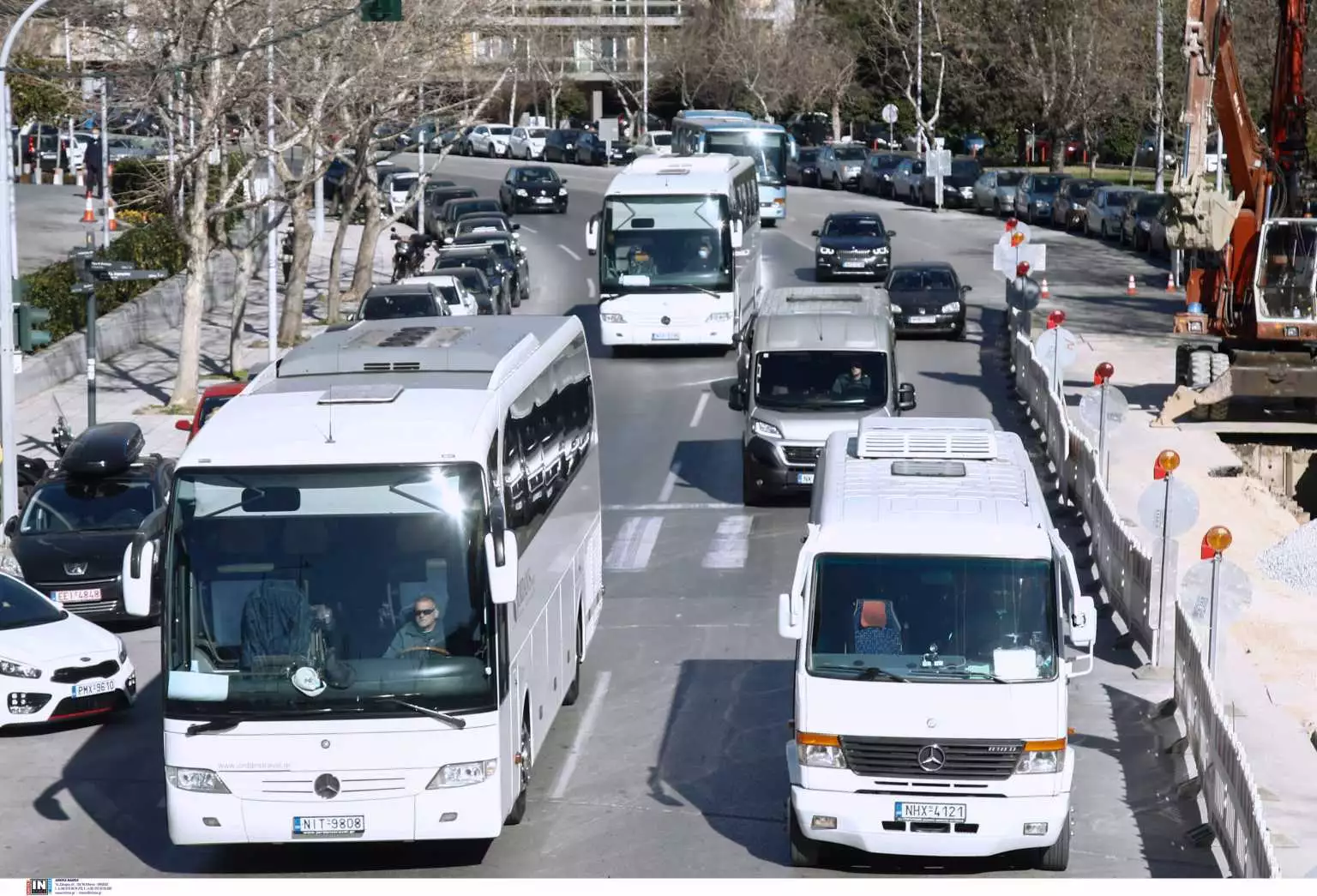Moving to Crete, the largest of the Greek islands, is an exciting adventure filled with stunning landscapes, rich history, and a vibrant culture. However, as a new resident, understanding how to navigate the island can be a bit daunting. This guide provides essential transportation tips to help you get around Crete efficiently and enjoyably.
Understanding the Transportation Options
Crete offers a variety of transportation modes, including buses, cars, taxis, bicycles, and even ferries. Each has its advantages depending on your location, needs, and preferences.
Public Buses: An Affordable and Extensive Network
The public bus system in Crete, operated by KTEL, is reliable and covers a significant portion of the island. Buses are a cost-effective way to travel, especially for longer distances between major cities and towns.
Key Tips for Using Buses:
- Routes and Schedules: Familiarize yourself with the main routes and schedules. The KTEL website provides detailed information, and printed schedules are often available at bus stations.
- Bus Stations: The primary bus stations are located in Heraklion, Chania, Rethymno, and Agios Nikolaos. These hubs connect to smaller towns and villages, making it easy to plan trips across the island.
- Tickets: Tickets can be purchased at bus stations, online, or sometimes directly from the driver. It’s advisable to buy tickets in advance for popular routes, especially during peak tourist season.
- Comfort and Amenities: Buses are generally comfortable, with air conditioning and ample seating. However, during peak times, they can become crowded, so plan accordingly.
Driving in Crete: Freedom and Flexibility
Renting or owning a car in Crete provides the greatest flexibility and freedom to explore the island at your own pace.
Key Tips for Driving:
- International Driving Permit: If you’re a foreign resident, you may need an International Driving Permit (IDP) along with your national driver’s license. Check local regulations to ensure compliance.
- Car Rental: Numerous car rental agencies operate in Crete, offering a wide range of vehicles. Compare prices and read reviews to find a reliable provider. Ensure you understand the rental agreement, insurance coverage, and fuel policies.
- Road Conditions: Cretan roads vary from modern highways to narrow, winding mountain roads. Drive cautiously, especially in rural areas where roads can be steep and curvy. Pay attention to local driving habits and be prepared for unexpected obstacles, such as animals crossing the road.
- Parking: In cities and popular tourist areas, parking can be challenging. Look for designated parking areas and be aware of parking regulations to avoid fines.
Taxis: Convenient for Short Trips
Taxis are readily available in cities and larger towns, providing a convenient option for shorter trips or when you need a ride to and from bus stations or airports.
Key Tips for Using Taxis:
- Taxi Stands: Taxis can be hailed on the street or found at designated taxi stands in busy areas. You can also call for a taxi or use apps like Beat for a more modern approach.
- Fares: Taxi fares are generally reasonable, but it’s always a good idea to confirm the approximate cost of your trip before setting off. Ensure the meter is used, or agree on a fare upfront for longer journeys.
- Tipping: Tipping is customary but not obligatory. A small tip (rounding up the fare) is appreciated for good service.
Cycling: Eco-Friendly and Scenic
Cycling is an excellent way to explore the scenic beauty of Crete while staying fit. The island offers numerous cycling routes suitable for various skill levels.
Key Tips for Cycling:
- Bicycle Rentals: Numerous rental shops in cities and tourist areas offer bicycles. Choose a bike suitable for the terrain you plan to explore.
- Safety Gear: Always wear a helmet and use reflective gear, especially if riding at night. Be aware of local traffic rules and ride defensively.
- Routes: Popular cycling routes include the coastal roads and the trails in the White Mountains (Lefka Ori). Research routes in advance to match your fitness level and interests.
Ferries: Connecting Coastal Areas
Ferries are an essential part of Crete’s transportation network, connecting the island with mainland Greece and other islands.
Key Tips for Using Ferries:
- Routes and Schedules: Ferries operate from major ports like Heraklion, Chania, Rethymno, and Sitia. Check schedules in advance, especially during off-peak seasons when services may be less frequent.
- Tickets: Purchase tickets online or at the port. It’s advisable to book in advance during peak travel periods.
- Comfort and Amenities: Ferries range from high-speed catamarans to larger vessels with more amenities. Choose according to your travel preferences and budget.
Conclusion
Getting around Crete as a new resident involves understanding and utilizing a variety of transportation options. Whether you prefer the affordability of public buses, the flexibility of driving, the convenience of taxis, the eco-friendliness of cycling, or the connectivity of ferries, each mode of transport offers unique benefits. By familiarizing yourself with these options and following the tips provided, you can navigate the island with ease and make the most of your time in this beautiful part of Greece.


